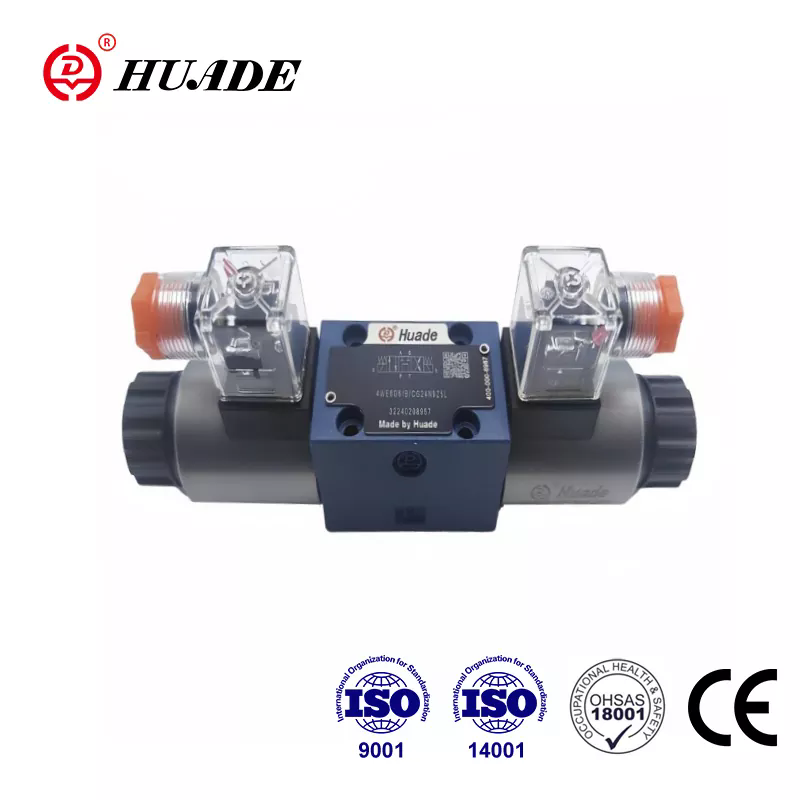Understanding Directional Valves: Essential Components in Fluid Control Systems
2025-07-10
In hydraulic and pneumatic systems, controlling the flow of fluid or air is crucial for the proper functioning of machinery and equipment. One of the most important components used to manage this flow is the Directional Valve. Known for its reliability and versatility, the directional valve plays a key role in controlling the direction, start, stop, and flow of fluids in various industrial applications.
What Is a Directional Valve?
A Directional Valve is a mechanical device that directs the flow of fluid (hydraulic oil, water, or air) within a system by opening, closing, or changing the path of flow. By controlling the direction of the fluid, these valves help operate actuators like hydraulic cylinders, motors, or pneumatic devices.
Directional valves are essential in systems that require movement control, such as factory automation, construction machinery, agricultural equipment, and manufacturing systems.

How Does a Directional Valve Work?
Directional valves operate by shifting internal parts such as spools, poppets, or disks to control the flow path of the fluid. The most common types use a sliding spool mechanism inside a valve body. When the spool moves, it opens or blocks different flow channels.
Directional valves are typically categorized by the number of ports and positions, such as 2-way, 3-way, or 4-way valves with 2-position or 3-position functions.
Key Types of Directional Valves
1. Manual Directional Valves: Operated by hand levers or push-buttons.
2. Solenoid-Operated Directional Valves: Electrically controlled using solenoids for automation.
3. Pilot-Operated Directional Valves: Use fluid pressure to shift the valve spool.
4. Mechanical Directional Valves: Activated by mechanical means, such as rollers or cams.
What Are the Main Features of Directional Valves?
Precise Flow Control: Allows accurate control over fluid direction and flow rates.
Quick Response: Solenoid models offer fast switching for automated systems.
Durability: Built to withstand high pressures and harsh operating environments.
Versatility: Available in various sizes, configurations, and control methods.
Applications of Directional Valves
Directional valves are used in a wide range of industries, including:
Industrial Automation: For controlling pneumatic cylinders in production lines.
Construction Machinery: Managing hydraulic systems in excavators, loaders, and cranes.
Agricultural Equipment: Regulating movement in tractors and harvesters.
Marine and Aerospace: For controlling hydraulic movements in ships and aircraft.
How to Choose the Right Directional Valve?
When selecting a directional valve, consider the following factors:
Type of System: Hydraulic or pneumatic.
Flow Rate and Pressure Requirements: Ensure the valve can handle the system's demands.
Number of Ports and Positions: Choose based on the control complexity required.
Actuation Method: Manual, electric (solenoid), or pilot.
Environmental Conditions: Consider exposure to moisture, dust, or extreme temperatures.
Conclusion
The Directional Valve is a fundamental component in fluid control systems, enabling precise management of flow and motion in countless industrial and mechanical applications. Whether in hydraulics or pneumatics, choosing the right directional valve ensures efficiency, safety, and smooth operation of machinery and equipment.


